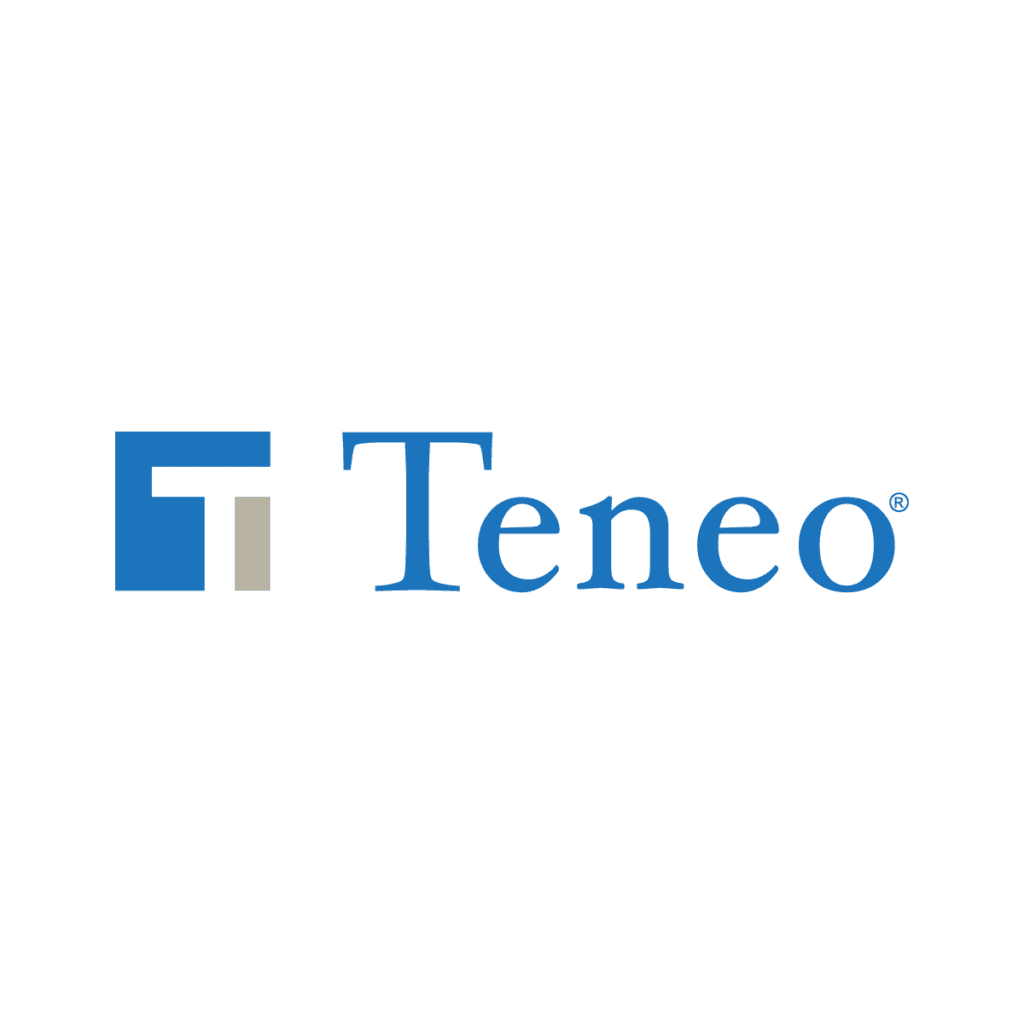CHINA: “Common prosperity” agenda shifts focus to income redistribution

Top Communist Party leaders called for new policies to promote income redistribution, signaling a new focus for the Communist Party’s broader “common prosperity” agenda. Policymakers have made similar pledges before, but the latest call came from a high-level party organ d… Become a member to read the rest of this article Username or E-mail […]
Argentina: Pro-investment legislation? That’s new!

The government announced this week that it will soon send to the Congress the Law that encourages investments in oil and gas. It is not a Hail Mary play, nor will it be a breaking point, but it is a step forward in the recognition that investments are the only key to long-term gr… […]
Ed tech and educational opportunity during the COVID-19 school closures

The purpose of this study is to identify gaps and challenges in the use of education technology (ed tech) in Chennai, Tamil Nadu during COVID-19. Specifically, we investigated how use of ed tech differed by type of school (government or private), household socioeconomic status, and student gender—and how it changed during the COVID-19 school closures. Ultimately, we wanted to know how the use of ed tech may exacerbate or mitigate the unequal impact of school closures on student learning.
Through phone surveys of 201 households and a total of 271 primary-school-aged children in February of 2021, we sought to understand households’ educational practices in Chennai pre-COVID-19 and during the school closures. Our survey data showed that access to ed tech in schools and households before the pandemic was extremely limited and differed by household socioeconomic background and the type of school (government or private) children attended. Thus, we also explored educational activities from non-ed-tech sources that may have taken place.
Our survey findings indicate that during the pandemic-related school closures, students in private schools and those from high-socioeconomic status households have more access to digital devices and are more engaged in regular educational activities during COVID-19 than their peers in government schools and from low-socioeconomic status households; findings also indicate that girls are more likely than boys to have access to digital devices for learning and to engage in more regular educational activities. Unsurprisingly, parents turned out to be a major source of educational activities of young children during the school closures.
Alarmingly, 1 in 5 children in our sample were enrolled in schools that do not offer any remote instruction during the school closures, and even among the children whose schools had begun remote instruction, only slightly more than half attended all the classes.
Altogether, these preliminary results shed light onto a likely growing inequality of educational opportunity in India and around the world, suggesting the need for policymakers to broaden access to continuous and equitable learning opportunities across the student population.
Read the full report»
Related Content
How has education technology impacted student learning in India during COVID-19?

India has been one of the hardest-hit countries by COVID-19. Beyond the staggering impact on human life, COVID-19 has greatly disrupted access to education in India, with 247 million primary and secondary school students out of school. While school systems in India and across the world have made efforts to reach students at home through various means, recent estimates of the impact on learning and socio-emotional well-being suggest that the poorest children will be hurt the most by the pandemic-related school closures.
Indeed, school closures have compelled education systems to quickly devise and apply different modes of remote learning such as radio, TV, and various other types of online tools. But access to this education technology (ed tech) differs across and within countries—with students in high-income countries and communities much more likely to have access to online, virtual schooling than their peers in low- and middle-income countries and communities. Thus, an important question is to what extent will student learning and progression in school, especially among primary-school-aged children in low- and middle-income settings, be affected by the global school closures? Further, how will the COVID-19 school closures cause inequality in learning among girls and boys, among poor and affluent children, and across communities and countries of varying income levels?
To answer these questions, we conducted a household survey in February of this year in a southern city of India—Chennai in the state of Tamil Nadu—with financial support from the Asian Development Bank and in collaboration with J-PAL-India. Chennai is the largest urban center in Tamil Nadu and is India’s sixth most populous city. Due to Chennai’s dense population, families typically have several nearby private and government school options, which provide a ripe setting to explore how the use of ed tech differed between different types of schools—both prior to and during the COVID-19 pandemic. Additionally, India offers a fertile environment for this study’s data collection as a leader in large-scale education reform and ed-tech application among developing countries. The diversity in its large population offers useful lessons applicable to many different contexts.
Alarmingly, 1 in 5 children in our sample were enrolled in schools that do not offer any remote instruction during the school closures, and even among the children whose schools had begun remote instruction, only slightly more than half attended all the classes.
Our goal was to get a better picture of primary school-aged children’s daily educational experiences during the COVID-19 school closures, and especially how students and teachers are using ed tech. We were particularly interested in understanding how these learning experiences may differ among children from low- and high-income households and between children attending private and government (publicly funded) schools.
Our survey findings
Alarmingly, 1 in 5 children in our sample were enrolled in schools that do not offer any remote instruction during the school closures, and even among the children whose schools had begun remote instruction, only slightly more than half attended all the classes.
Our findings further indicate that during the pandemic-related school closures, students in private schools and those from households with high socioeconomic status (SES) have more access to digital devices and are more engaged in regular educational activities than their peers in government schools and from low-SES households. As Figures 1 and 2 show, children enrolled in private schools and from high-SES households had higher rates of access to digital devices—such as smartphones, internet, and computers/laptops—than their peers in government schools and from low-SES households. These preliminary results shed light into a likely growing inequality of educational opportunity and suggest the need for policymakers to support access to regular learning opportunities at home for children from low-SES households in government and private schools. Other emerging evidence from the COVID-19 school closures suggests that ensuring students have access to even low-tech interventions, such as SMS text messages and phone calls, can help mitigate the potential learning losses.
Figures 1. Share of students with access to educational resources, by household income
Source: February 2021 Brookings phone survey.
Figure 2. Share of students with access to educational resources, by school type
Source: February 2021 Brookings phone survey.
Prior research has shown that the impact of school closures in low-income countries may differ by gender, as girls are often expected to help out with household chores and/or assist parents in caring for younger siblings. However, our study shows an encouraging pattern, where girls are more likely than boys to have access to digital devices for learning and to engage in more regular educational activities (see Figures 3 and 4). Nevertheless, this finding suggests the need for further analysis into why boys may be losing out on educational opportunities, and what strategies may be most effective to increase learning among both girls and boys in India and other low-income countries.
Figures 3. Share of students with access to educational resources, by gender
Source: February 2021 Brookings phone survey.
Figure 4. Frequency of engagement in educational activities, by gender
Source: February 2021 Brookings phone survey.
Altogether, these preliminary results shed light onto a likely growing inequality of educational opportunity in India and around the world, suggesting the need for policymakers to broaden access to continuous and equitable learning opportunities across the student population.
Looking ahead, it will be crucial for governments to enact strategies to help students recover from the learning losses suffered during the school closures and to return to school. Such a strategy may include:
Working closely with the health authorities, plan to reopen schools safely as soon as possible.
Assess each child’s foundational literacy and numeracy skills as soon as possible to help teachers and parents develop personalized interventions to ensure that each child can get back on track to develop these critical skills.
Expand access to digital devices and connectivity among educators and students, along with guidance and support to teachers on ed-tech resources that are best aligned to each student’s learning level. While ed tech is not alone going to ensure children learn, it can be a tool for educators, students, and parents to facilitate learning continuity during school closures and allow for more student-centered, engaging instruction in and outside the classroom.
Provide socio-emotional support to educators and students, recognizing that the pandemic has not only caused learning loss but also emotional trauma in too many households.
You can access the full report here.
Related Content
WEEKLY POLITICAL COMPASS

Peru’s new cabinet will face a vote of confidence from Congress. Zambia’s new president will be sworn in this week. Meanwhile, US Vice President Kamala Haris will visit Singapore and Vietnam. A cabinet reshuffle could be on the way in Greece, a draft annual budget law will be pre… Become a member to read […]
LATAM PULSE

This week, in Peru, a vote of confidence in the new cabinet promises another politically tumultuous few days ahead. Chile’s line-up of presidential candidates will be settled by tomorrow; in parallel, the battle over the two-thirds rule in Chile’s constituent assembly continues. … Become a member to read the rest of this article
SUB-SAHARAN AFRICA: IMF SDRs – trickle-down or redistribution?

The International Monetary Fund (IMF)’s general allocation of Special Drawing Rights (SDRs) remains inadequate vis-a-vis the region’s external financing needs. Yet, the debate on how rich countries can transfer SDRs to countries in greater need has been dragging on for mon… Become a member to read the rest of this article
JAPAN: Yokohama loss narrows path forward for Suga, with no good options left

The defeat of the candidate he endorsed in the 22 August Yokohama mayoral election has further damaged Prime Minister Yoshihide Suga’s hopes of retaining power in two forthcoming elections, and calls into question casino resort proposals in that city. The nature of the def… Become a member to read the rest of this article
How Do Low and Negative Interest Rates Affect Banks?

Mauricio Ulate and Olivia Lofton
